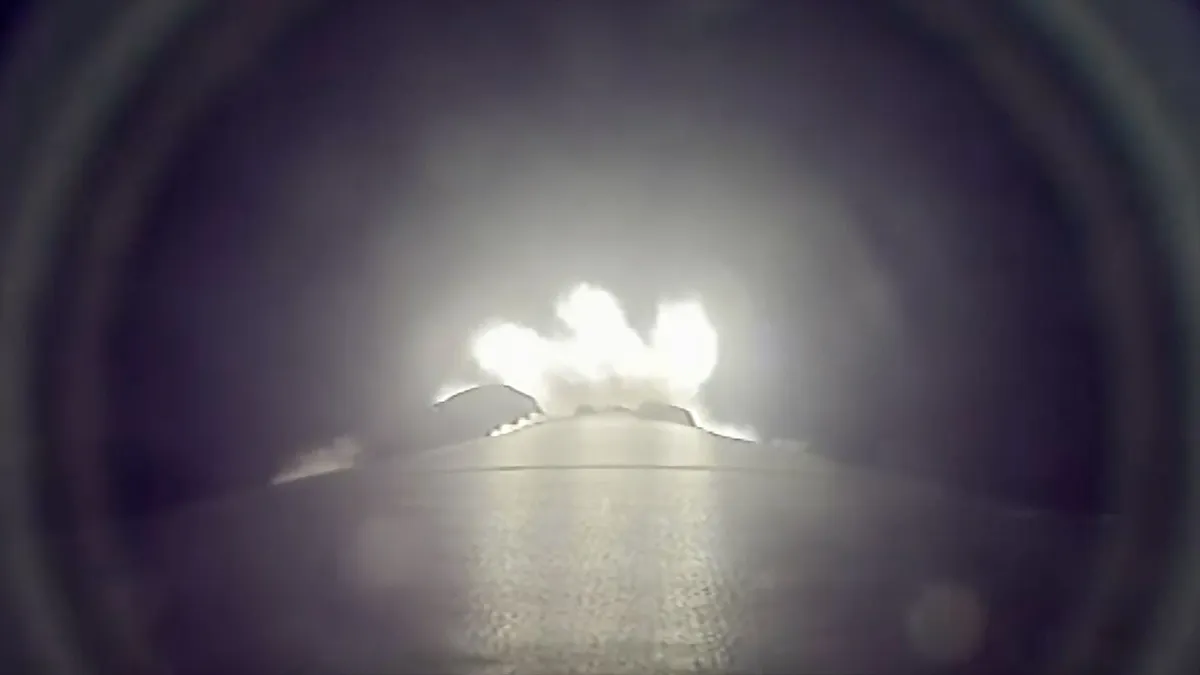
On August 22, SpaceX successfully launched another batch of its Starlink internet satellites into orbit. The mission featured a Falcon 9 rocket that carried 24 Starlink satellites, lifting off from the Vandenberg Space Force Base located in coastal California at precisely 1:04 p.m. EDT (1704 GMT; 10:04 a.m. local time).
The launch was executed flawlessly, with the rocket's first stage returning to Earth approximately 8.5 minutes post-launch. It made a successful landing in the Pacific Ocean on the SpaceX drone ship, Of Course I Still Love You. This marked the 17th launch and landing for this particular booster, identified as B1081, according to SpaceX's mission description.
While the first stage of the Falcon 9 rocket made its descent, the upper stage continued its journey, carrying the 24 Starlink satellites toward their designated low Earth orbit. If all goes according to plan, these satellites are expected to be deployed around 62.5 minutes after liftoff, further expanding the Starlink constellation.
Once deployed, these new satellites will join over 8,100 operational satellites already in the Starlink constellation, which is recognized as the largest satellite network ever assembled. The expansion of this network is ongoing, as SpaceX has now conducted 102 Falcon 9 missions in 2025, with over 70% of these missions being dedicated to launching Starlink satellites.
In addition to the recent Starlink launches, SpaceX has successfully completed three other missions this year, which included test flights of the Starship rocket. Company founder and CEO Elon Musk envisions the Starship will play a pivotal role in making human settlement on Mars a reality.
With each launch, SpaceX continues to push the boundaries of space technology, enhancing global internet connectivity through its innovative Starlink program.